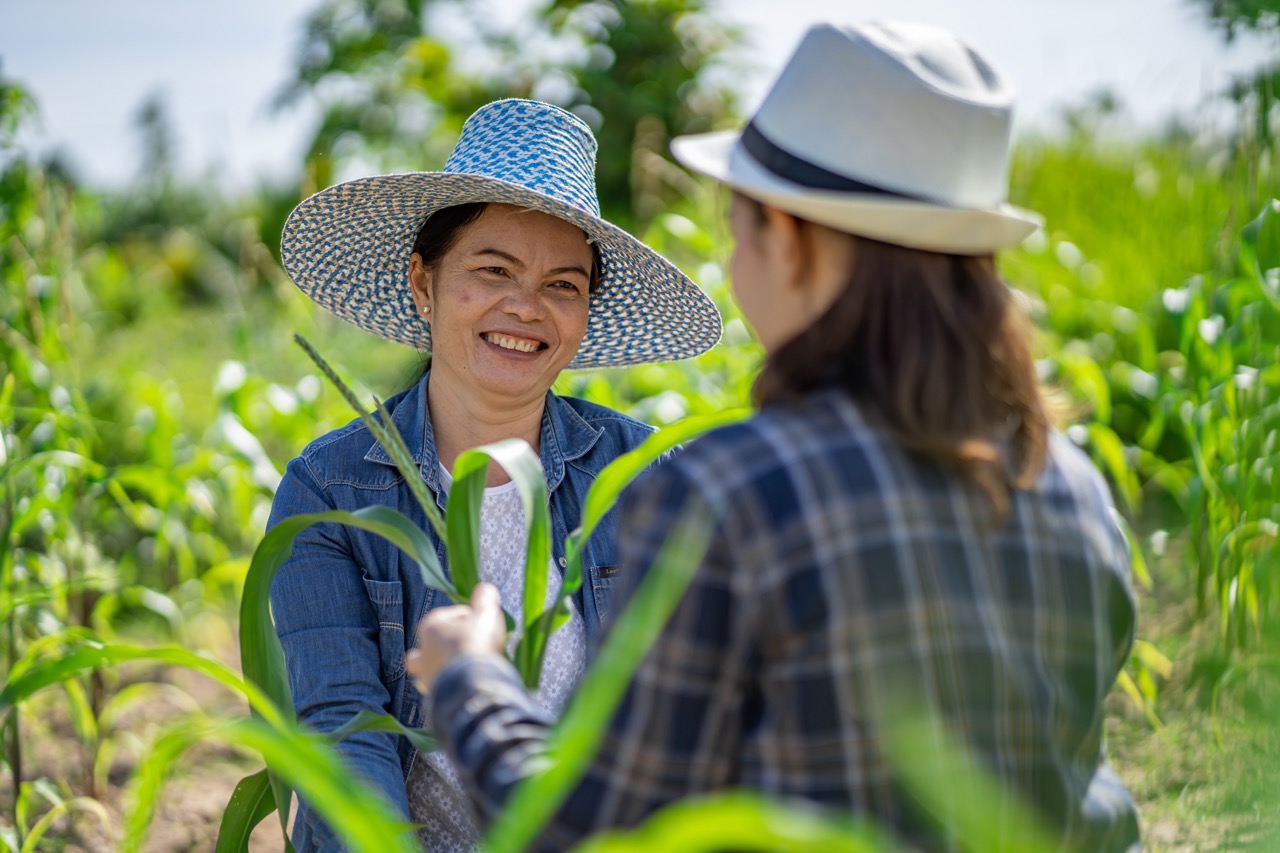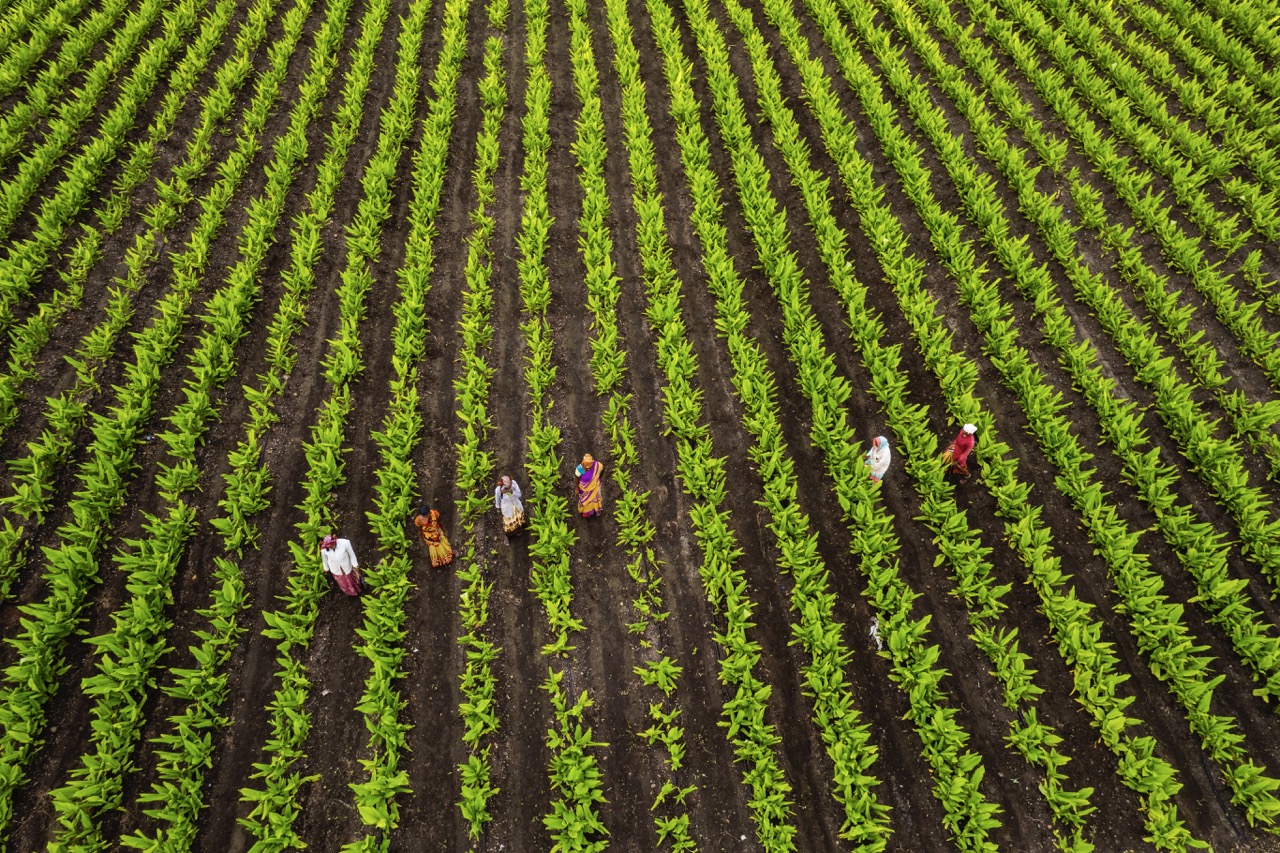In the world of agriculture, sharecropping presents a unique opportunity for small farmers to cultivate land they do not own. This method of farming allows individuals to avoid the high costs of land ownership while still enjoying the benefits of crop production. By entering into sharecropping agreements, farmers can leverage their skills and labor to produce crops, sharing the profits with landowners. However, building a profitable sharecropping model requires careful planning, strategic thinking, and an understanding of the agricultural landscape. This article explores how small farmers can develop and sustain a successful sharecropping operation.
Understanding the Basics of Sharecropping for Small Farmers
Sharecropping is a system in which farmers cultivate land owned by someone else in exchange for a share of the crops produced. Typically, this arrangement allows small farmers to access land and resources without the burden of ownership costs. The terms of sharecropping agreements can vary widely, often depending on the type of crop, local market conditions, and the relationship between the farmer and landowner. Understanding these elements is crucial for establishing a successful partnership.
For small farmers, sharecropping can be a viable solution to the challenges of financing land acquisition. Many landowners prefer sharecropping arrangements as it ensures that their property is actively maintained and cultivated. This symbiotic relationship can lead to increased yields and better economic returns for both parties if structured correctly. However, it is essential for farmers to negotiate fair terms that reflect the labor and resources they are contributing to the farming operation.
Clear communication and mutual trust are fundamental to a successful sharecropping relationship. Farmers must take the time to articulate their needs and expectations while also understanding the landowner’s goals. Establishing a written agreement detailing the division of responsibilities, crop shares, and dispute resolution methods can help prevent misunderstandings and foster a productive partnership.
Key Strategies for Establishing a Sustainable Model
Small farmers can adopt several strategies to ensure their sharecropping model is sustainable over the long term. First, selecting the right crops is crucial. Farmers should focus on high-demand crops that can provide a good return on investment while considering factors such as soil type, climate, and market access. Diversification of crops can also minimize risks and protect against market fluctuations.
Second, building strong relationships with landowners is key to a successful sharecropping model. Farmers should strive to establish trust and open lines of communication with landowners. Regular check-ins and updates on crop progress can enhance this relationship, ensuring that both parties remain aligned with their goals. By demonstrating commitment and transparency, farmers can create a partnership that benefits both sides.
Lastly, investing in agricultural education and techniques can improve productivity and sustainability. Small farmers should seek out resources such as local agricultural extension services, workshops, or online courses that focus on best practices in farming. Implementing efficient farming methods, such as crop rotation or organic practices, can lead to better yields and potentially higher profit margins.
Financial Planning: Maximizing Profits in Sharecropping
Effective financial planning is essential for small farmers operating within a sharecropping model. Farmers must first understand their costs, including seeds, fertilizers, labor, and equipment. By accurately calculating these expenses, they can better negotiate crop-sharing agreements that allow for a profitable outcome. Keeping detailed financial records can help farmers evaluate the success of their operations and make informed decisions in the future.
In addition to managing costs, farmers should also explore various financing options to bolster their operations. This may include seeking loans or grants specifically designed for agriculture or relying on community-supported agriculture (CSA) models to secure upfront income. By diversifying funding sources, farmers can better navigate the financial uncertainties that often accompany sharecropping.
Lastly, understanding market trends and consumer demands is vital for maximizing profits. Small farmers should continuously research and monitor market prices for their crops, considering factors such as seasonality and competition. By adapting their production strategies to align with current trends, farmers can optimize their profits and minimize waste, ensuring the sustainability of their sharecropping model.
Overcoming Challenges: Ensuring Success in the Field
Despite its advantages, sharecropping is not without challenges. One significant hurdle is the potential for disputes between farmers and landowners regarding crop yields and profit sharing. These disagreements can stem from misunderstandings or differing expectations, which may jeopardize the partnership. Farmers should proactively address these issues by maintaining open communication and developing clear agreements to minimize conflict.
Another challenge is the vulnerability of sharecroppers to external factors such as weather conditions, pests, and market fluctuations. To mitigate these risks, farmers can adopt resilient agricultural practices, such as investing in crop insurance or utilizing climate-smart agriculture techniques. By preparing for potential setbacks, farmers can safeguard their operations and maintain profitability.
Lastly, access to resources such as technology, equipment, and skilled labor can be limited for small sharecroppers. Building networks within the agricultural community can help farmers share knowledge and resources, improving their overall success. Collaborating with other farmers, local organizations, and agricultural cooperatives can create a support system essential for growth and sustainability.
Building a profitable sharecropping model requires dedication, strategic planning, and a willingness to navigate the complexities of agricultural partnerships. By understanding the foundations of sharecropping, implementing key strategies, managing finances effectively, and overcoming challenges, small farmers can harness the potential of sharecropping to enhance their livelihoods. As agricultural landscapes continue to evolve, sharecropping may prove to be a sustainable and effective method for small farmers to thrive in an increasingly competitive market.










